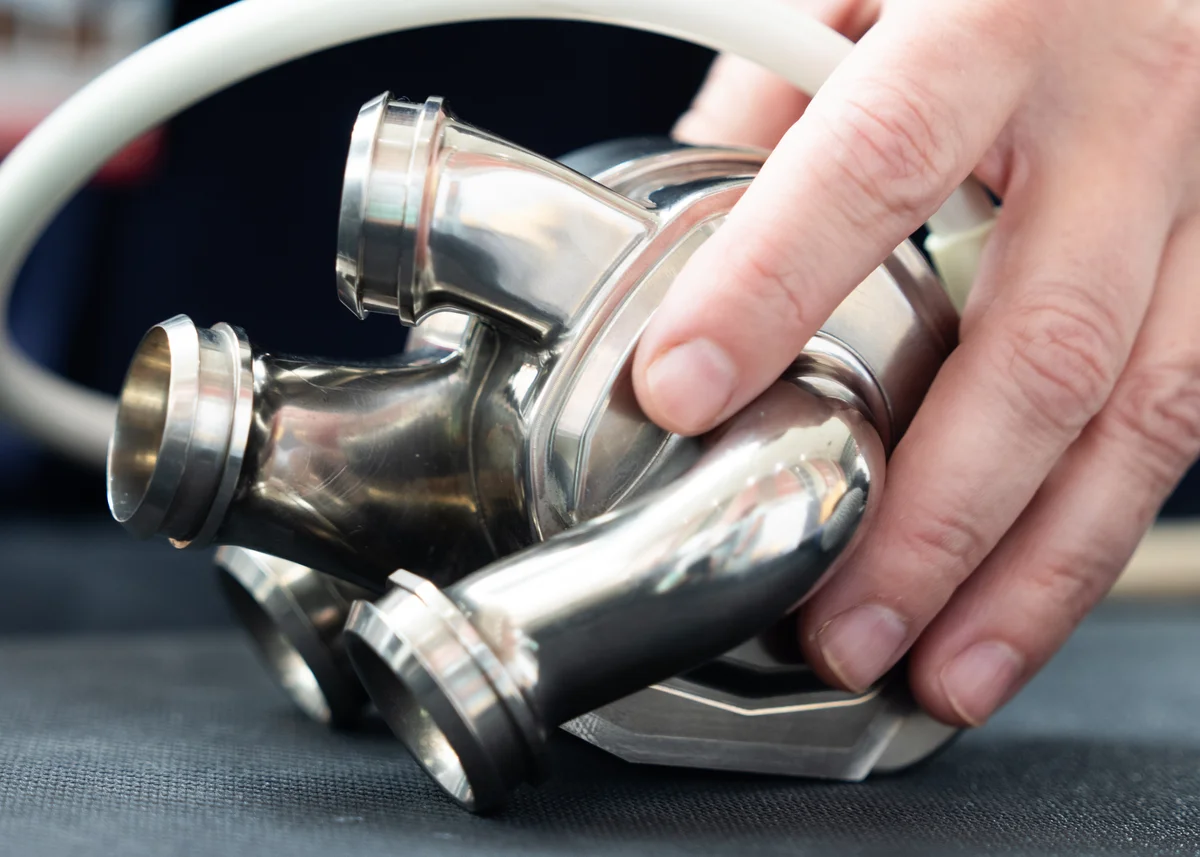The first person in the world to leave the hospital with an artificial heart made of titanium is an Australian man in his forties. The titanium heart was made for patients with heart failure who are waiting for a donated heart. However, this man’s case was different.
Previous patients had remained in the hospital during the period with the artificial heart, while this man left the hospital in early February. He received the operation to get the heart at St. Vincent’s Hospital, Sydney, last November. He lived with the titanium heart until earlier this month when a heart became available.
The success of the device is being celebrated, and while it’s not approved for general use yet, it has the potential to become a long-term option for those with heart failure.
The heart was engineered by Daniel Timms, an Australian Biomedical engineer, and used a metal called BiVACOR to build the lifesaving device. Daniel Timms created the device after his father died from heart failure. He worked on it for decades, and finally seeing astronomical results was like a dream come true for him. This life-saving device was made with less than $100,000, but it sold for $200,000.
The device is called the BIVACOR Total Artificial Heart. It replaces the ventricles of the heart and pumps blood to the lungs and body. It has no valves or mechanical bearings and contains a single levitated rotor that is held in place by magnets. Since the rotor is levitated, it does not rub against other mechanical parts, which causes less damage over time than other artificial hearts.
The goal of the device is to save those who are waiting for a heart transplant. Around 4,400 people joined the waiting list for a donated heart in 2024, but only around 3,500 received one.
The Food and Drug Administration conducted an Early Feasibility Study in the US, and 5 patients have already received the transplant, but they are hoping to expand the operation to 15. The experiments were to test the performance and safety of the device.
Chris Hayward, a transplant cardiologist who helped the man, said, “In this case, the patient had a very weak left side and right side of the heart, and so we didn’t have any other option. He was in what we call heart failure, where his fluids build up and he can’t walk any distance… before becoming very short of breath.”
Despite the man wanting to stay anonymous, we all wish him a safe and speedy recovery. We should also pay homage to Daniel Timms for creating a new type of medicine that could end up saving millions of lives!
Sources:
https://www.nature.com/articles/d41586-025-00782-0
https://www.cnn.com/2025/03/12/health/australia-artificial-heart-100-days-intl-hnk/index.html
























